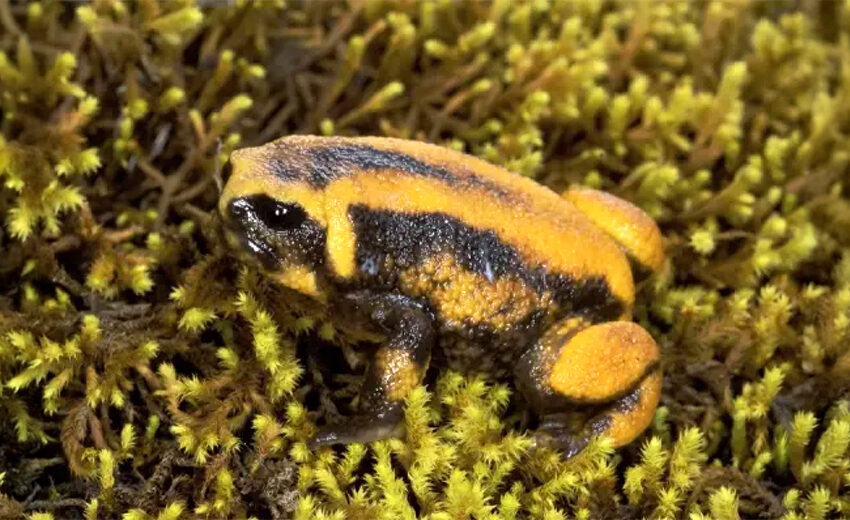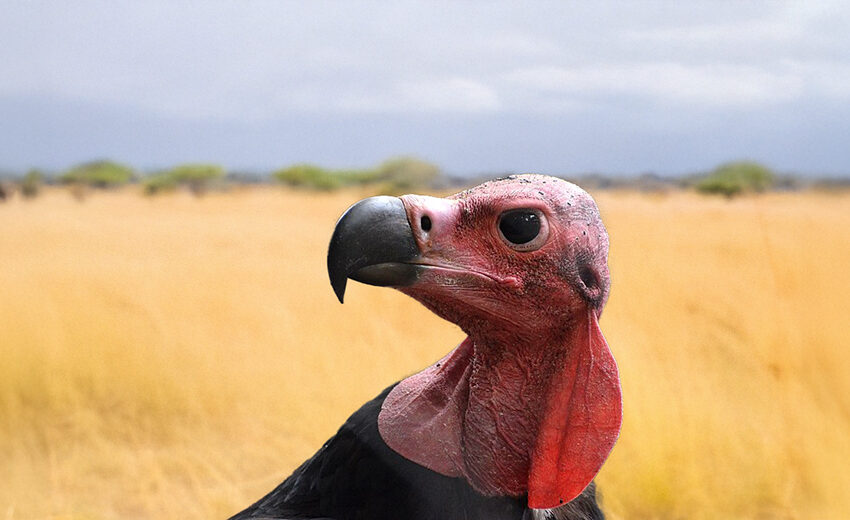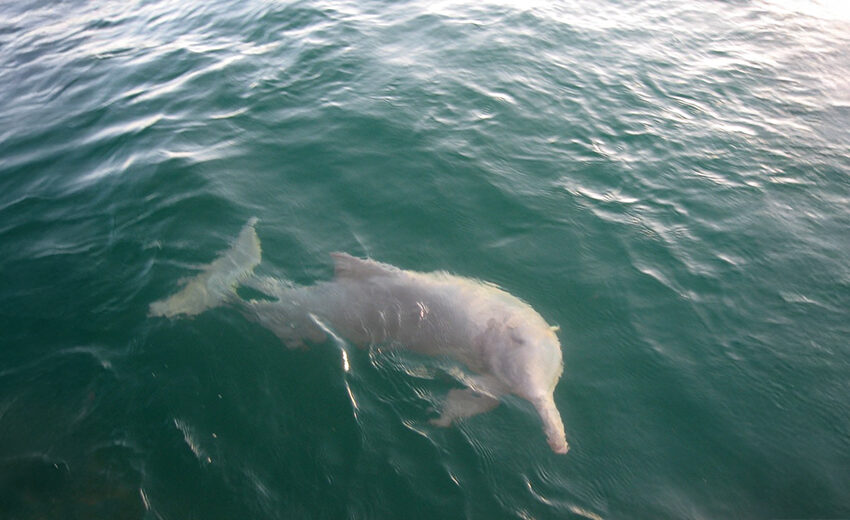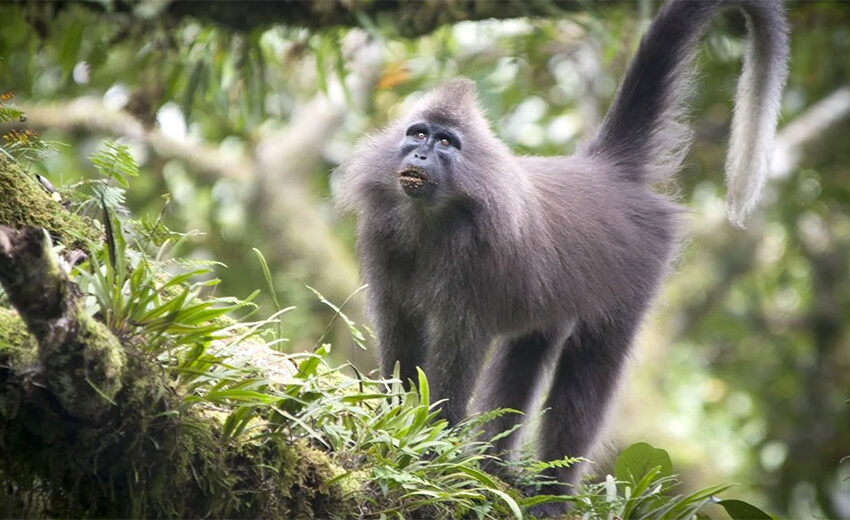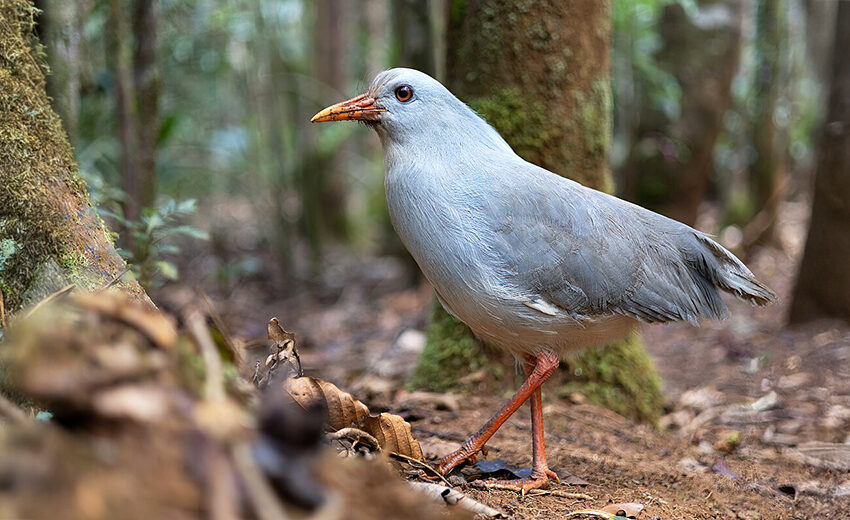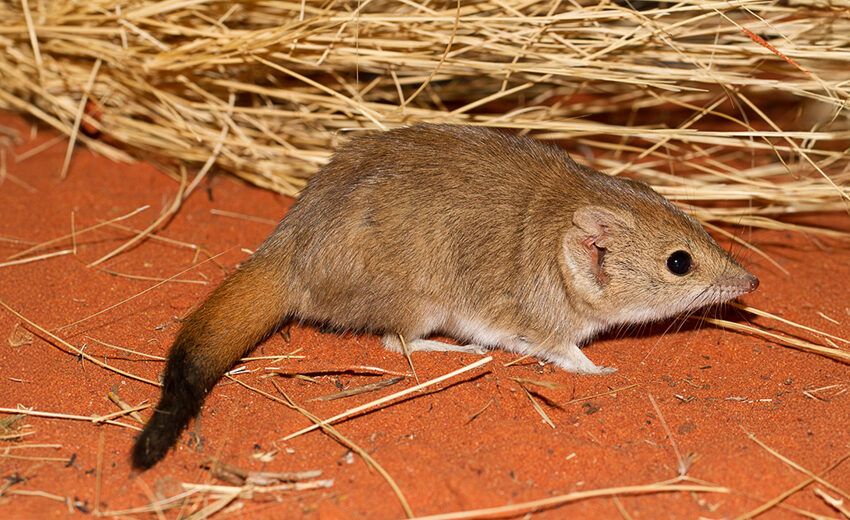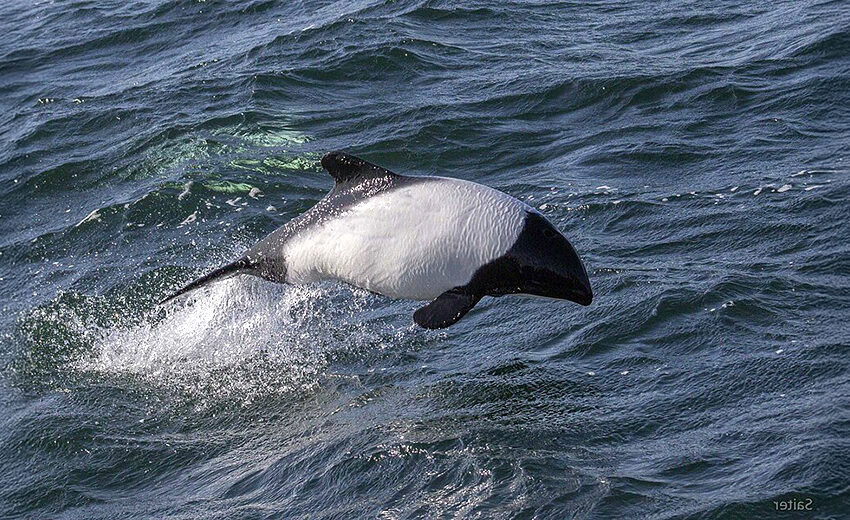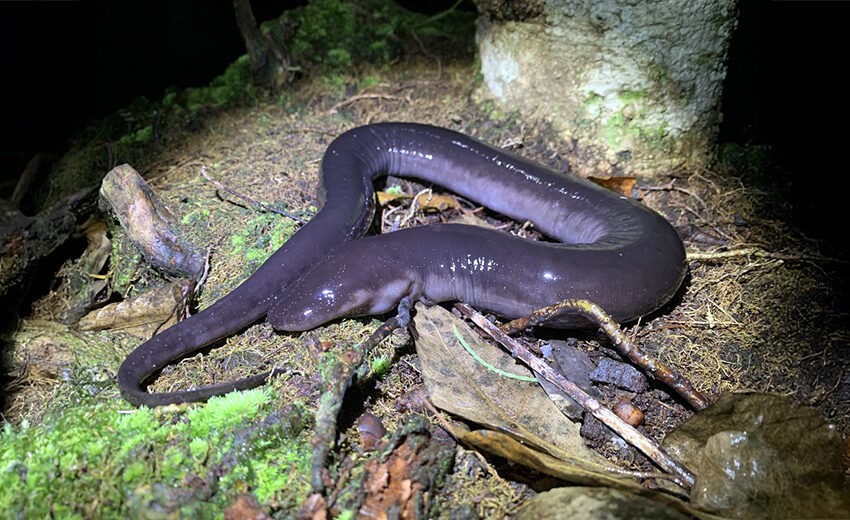The Bale Mountains tree frog is the only species in the monotypic genus Balebreviceps. They can only be found in the Bale Mountains of Ethiopia. These frogs prefer tree heath woodlands near the timberline as well as partly cleared mixed forests
- Zoology
- Daily Critter Facts
- For Teachers
- Study Guides
- Diseases & Parasites
- Contact


